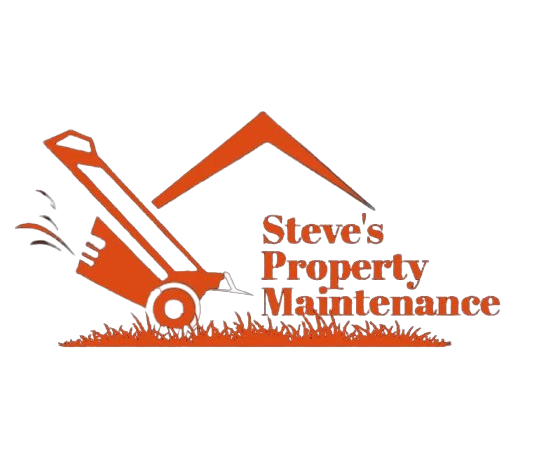Embarking on your garden trip can feel fun and scary. You start with hope and small fear. You ask, "What to plant?" and "Will I get food?" This guide gives each simple step. It shows you how to grow your first vegetable bed.
Step 1: Choose Your Garden Space
Find a spot with sun. Pick a place that gets six to eight hours of light. If the spot has some shade, you can grow greens like spinach and lettuce. They do well in soft sun.
Look at the ground. See if it is flat or on a slope. On a hill, make a flat bed so water stays near your plants. A mild slope can work, but a steep drop may cause loss of water.
Step 2: Build Your Garden Bed
A raised bed is a smart start. Raised beds are easy to build. They let water leave well and warm the soil fast in spring. Use a ready-made kit or build one with untreated wood. This way, no bad juice goes to your soil.
Materials you need:
- A raised bed frame or parts to build one
- Cardboard to block weeds
- A mix of topsoil and compost
- A shovel, wheelbarrow, and trowel
- Seeds or small plants you like
How to install:
- Mark your chosen spot with stakes.
- Dig to keep the area flat.
- Lay down damp cardboard to hinder weeds.
- Fill the bed with soil mix. Pack it in well.
- If you want, add a thin layer on top for seeds.
Step 3: Choose Your Plants
Start with plants that grow fast. This way, you see work pay off quick.
Pick from:
- Salad greens: lettuce, spinach, and arugula grow fast.
- Root crops: radishes and beets go well when sown directly.
- Onions: plant spring or scallions in small groups.
You can buy little plants at a garden store or sow seeds on a sunny sill or in a small greenhouse.
Step 4: Plant Your Seeds and Seedlings
When your bed is set, plant time begins:
- Place seeds or plants as the packet tells you.
- Make shallow rows for seeds and cover them with a light dust of soil.
- Water with care to keep the soil moist but not wet.
For spring crops, a light cover may keep small bugs and cold air from your young plants.
Step 5: Maintenance for Success
Keep water flowing gently. When your plants grow, stay sure the soil stays moist. On dry days, water deep to reach roots.
Weed often. Check your bed and pull out weeds fast. The layer of cardboard helps stop many weeds.
Step 6: Enjoy Your Harvest
Watch your work bloom. Soon, you see small sprouts. Fast plants can give you food in just four to six weeks. Your food is proof of your care and work.
Conclusion
Starting a vegetable garden is a small yet bright task. With care, a bit of study, and a strong wish to learn, you build a spot that feeds you and your family. Watch your work grow and take time with each lesson. Share what you learn with friends. Happy gardening!
About Steve’s Property Maintenance
Steve’s Property Maintenance is a trusted lawn care and landscaping service provider dedicated to keeping properties in top condition across New London County, Connecticut. With a reputation for reliability, attention to detail, and top-quality service, we specialize in lawn care, yard maintenance, landscaping, power washing, and more. Our team is committed to delivering lush, healthy lawns and pristine outdoor spaces for both residential and commercial clients.
📍 Serving: Norwich, Preston, Groton, Stonington, Waterford, Mystic, and surrounding areas.
📞 Contact us at +1 (860) 847-3441 for a free quote and let us take care of your lawn care needs!

